Back to my Roots
I am going back to my roots. This is where I started back in the late 1960’s. Computers really were not a thing back then, at least for the hobbyist. Instead I had a box of electrical components and parts, a few of those plastic breadboards, and a really cheap multi meter to play with.
Besides bread boarding simple circuits, I used to also get the old Radio Shack P-Box kits which let one build some more complex items.
Eventually you move on to designing your own circuits. You don’t know what you are missing until you spend the day in a public library poring over parts specifications (no internet back then). Photo copiers were expensive, so you always brought along a couple of those black composition books and few trusty Number 2 Pencils.
It was always a rush when I got something I had designed to work the way I wanted it too.
Introduction to Ohms law
What I want is to start with some basics. And that means Ohms law, which explains the relationship between Voltage, Current, and Resistance in a circuit.
I know a lot of people will go over this ad-nauseam. And yes, there has been that rare occasion when I had to do actual calculations. However the majority of the time it was simply understanding the relationship. Basically if one of our three values changed in a circuit, what caused it to change. Very rarely did I ever have to get down to exact calculations and numbers. But in the beginning that is how one learns to understand the relationship. So here goes.
Voltage: is represented with a “V”. You will also see voltage expressed as “E” which comes from Electromotive Force, Pressure, or Potential. One can get really deep into the physics and math where we state that 1 volt is equivalent of 1 joule of work per 1 coulomb of charge. But I have never found this level of detail necessary, other than to pass some college course test. Just think of voltage as electrical pressure.
Current: is represented with an “I”, from the French “intensité du courant”. As with voltage, one can get deep into the physics and math. For practical matters think of current as electrical flow measured in Amperes. 1 Ampere is equivalent to 1 coulomb of charge passing a specific point in one second.
Resistance: is represented with a “R”. It is the measure of a materials resistance to the flow of electricity. Resistance is measured in ohms, and is equivalent to the voltage potential across an object divided by the current flow though the object. This relationship is what is referred to as Ohms Law.
Caveat: Ohms Law is derived from empirical data, and is a generalization. It is important to note that under extreme conditions materials may not adhere to the Ohms Law relationship.
Ohms Law Equations
Since there are three elements to Ohms law; Resistance, Voltage, and Current, we can algebraically derive three equations, one for each part of the relationship. Since resistance is equivalent to Voltage divided by current we get:



Introduction to Kirchhoff’s Law
To actually use Ohms law to analyze a circuits, we also need to be aware of Kirchhoff’s two laws for current and vopltage. Again we are going to avoids an ad-nauseam interpretation and explanation and simply state the two laws (or rules if one prefers).
Kirchhoff’s First (current) law: states that at any circuit node the sum of all currents entering and leaving is zero.
Kirchhoff’s Second (Voltage) law: states that in any circuit the sum of all voltages around a closed loop is zero.
Direct and Alternating Current
One final piece of information before jumping into an actual example. In electronics there are two types of power sources; Direct Current (DC), and Alternating Current (AC).
Keeping with our basic simple explanations; in a DC power source current constantly flows in one direction from of the source, and around the circuit. A common example of DC power source is a battery.
In an AC power source current will switch the direction of flow at regular intervals. An example of this is the power outlets in your house. In the United States this power source is 60 Hertz or 60 cycles per second (in most other countries it is 50 Hz). That is to say the current changes directions 60 times each second.
Each type of current has its specific uses. DC current is used inside most electronic devices, while AC current is used to transmit electricity across long distances. Most electronic devices have a power supply or adapter that converts AC to DC. The hows and whys of AC and DC are a subject for another post. In this post we are focusing on simple DC circuit analysis.
And if people really want some old school stuff, we can talk tubes.
Ohms and Kirchhoff’s Laws in a Simple Circuit
Lets bring this all together in an example. Below we have a simple circuit consisting of a DC power source (a battery in this case) an a load (resistor).

On the left side we have a battery as the power source producing DC. Most common small batteries produce 1.5 V (think AA Battery in a TV remote control).
On the right side of the circuit we have a100 Ω Resistor ( Ω is the symbol for resistance, called ohms). Resistors are common electrical components built with a specific amount of resistance.
Because this is a simple circuit with no branches, every node on the circuit (pick any point) has exactly one input and one output that total zero (Kirchhoff’s current law). This implies that the current is the same at any point in the circuit. This is a simple series circuit. This is just another way of saying there is a single path for electricity to flow.
Kirchhoff’s Voltage law tells us that we have 1.5 V DC provided by the battery, therefore since the resistor is the only other component, it must be dropping all of that 1.5 V.
This only leaves an analysis of what current flow is in the circuit. Since current flow is the same at all points in the circuit, we can use Ohms law to find the current passing through the resistor, as we know both the voltage and the resistance. Note: remember the formula we use here for later




The current flow through our resistor, and thus the entire circuit is fifteen thousandths of an Amp or 15 Milli-amps (15mA).
Note: because this is a simple circuit, we are using basic notation. In a more complex circuit, we would tend to use subscripts to identify the circuit component and value. For example in the above circuit lets assume we identify the resistor as R1. We could then talk about the voltage and current across that resistor with sub scripts; R1V or R1I for example. Or we could flip it around; VR1 or IR1 for example. I have seen it both ways in various books, tutorials, and schematics. My suggestion, do it whatever makes the most sense to you.
Ohms Law and the Power Formula
The Power Formula is often presented in conjunction with Ohms law. In its most basic form the instantaneous power in a component can be calculated by multiplying Voltage by Current, giving an answer in Watts (W). As with Ohms Law, I have found, for me, that understanding the relationship is more important than the actual math
In our example we will be sticking to the simplified formula, rather than delving into the mathematics, which works fine for DC. Just be aware that working with AC is a bit more complicated, even in a purely resistive circuit. In AC things like Peak, Average, and RMS values come into play.

Since we did calculate current above, we could use that to determine the power of our load. But we are not going to do that.
The Power of High School Algebra
Lets say we want to skip the current calculation and jump straight to power. We can do a little High school Algebra substitution of Ohms law into the Power Formula. And you hoped you would never use this stuff.
Since we have Voltage and resistance given, we can calculate current as we did above. However, we can also substitute our Ohms Law for current with the current variable in the Power Formula.







Conclusion
This has been a brief look at some basic electrical circuit analysis. As I indicated, this is where I started back in the day. The sad truth is that I do not do this very much any more. I do occasionally still troubleshoot and repair some equipment, but usually in this day and age it is simpler to just replace it. That’s the throw away economy we live in in the US.
Things are a bit different in the Philippines, where nothing gets thrown out until it gets fixed at least three or four times. One of my big repairs on my last stay was our clothes washer. Some mice had gotten up in it and chewed some wires while we were in the US and it sat idle. It took about thirty minutes with a multi meter and an understanding of Ohms law to identify where the problem was, and about another thirty minutes to fix it.
So while the instances are rare, yes this stuff can be useful on occasion. That’s why I decided to present some basics as a change of pace from some of my other content. I think I will be following up with additional content, about once every two or three months, on series and parallel circuits, and adding some additional components like lights and switches. If there is interest maybe AC/DC, power supplies, tubes, and some solid state stuff.


